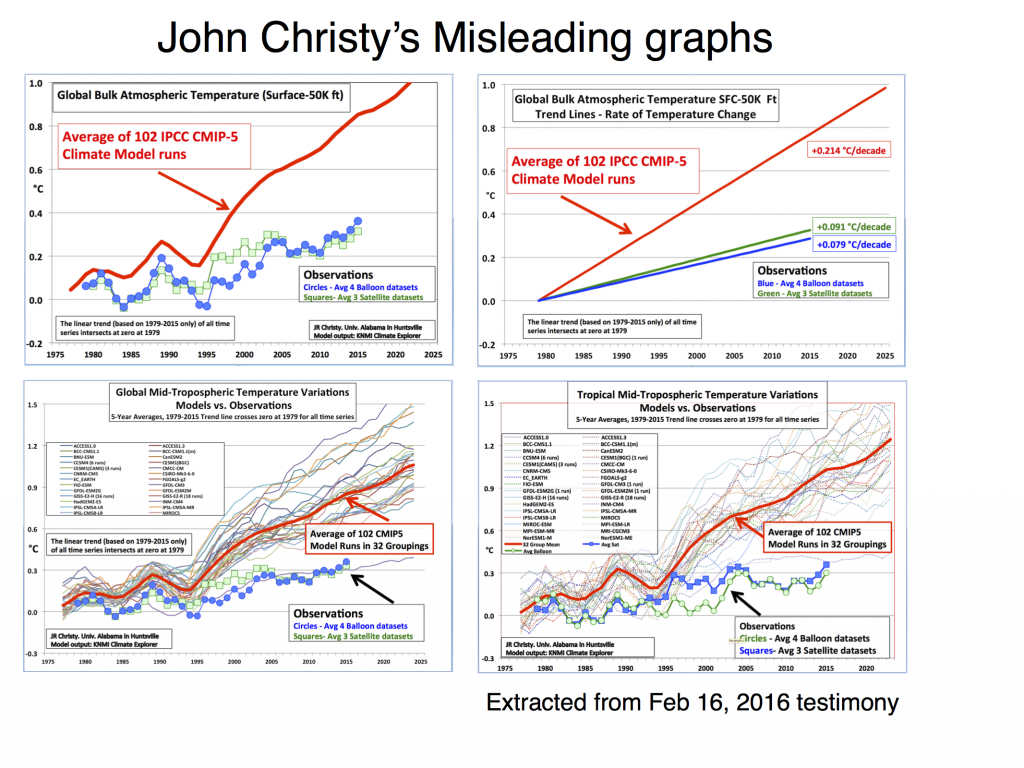We should have done this ages ago, but better late than never!
We have set up a permanent page to host all of the model projection-observation comparisons that we have monitored over the years. This includes comparisons to early predictions for global mean surface temperature from the 1980’s as well as more complete projections from the CMIP3 and CMIP5. The aim is to maintain this annually, or more often if new datasets or versions become relevant.
We are also happy to get advice on stylistic choices or variations that might make the graphs easier to comprehend or be more accurate – feel free to suggest them in the comments below (since the page itself will be updated over time, it doesn’t have comments associated with it).
If there are additional comparisons you are aware of that you think would be useful to include, please point to the model and observational data set(s) and we’ll try and include that too. We should have the Arctic sea ice trends up shortly for instance.
